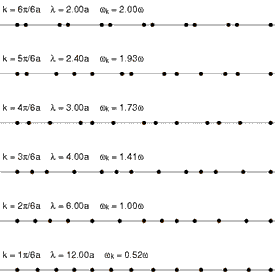The Nobel Peace Prize has been awarded to International Campaign to Abolish Nuclear Weapons (ICAN). It was the nuclear threat that resulted in the design, by Gerald Holtom, of the peace symbol; in 1958, the artist was commissioned by the Campaign for Nuclear Disarmament (CND), led by Bertrand Russell. Holtom recalled: “I was in despair. I drew myself, an individual in despair, with hands palm outstretched outwards and downwards. I formalized the drawing into a line, and put a circle round it.” The elements spelled out ND for nuclear disarmament.
During World War II, science and technology had advanced to a level of power that threatened not just the present but the future. After the Manhattan Project, the Atomic Energy Act of 1946 developed a safeguard for control of fissionable materials with international scope for “all forms of energy released in the course of or as a result of nuclear fission or nuclear transformation.” In 2017, the peace symbol drew 15,000 people together, at the Glastonbury music festival, to set the world record for the greatest number of participants forming the peace sign. The symbol was never copyrighted; instead the iconic symbol was offered to the world, in the spirit of peace.
ICAN:http://www.icanw.org
Nobel Peace Prize: https://www.nobelprize.org/nobel_prizes/peace/
Atomic Energy Act: https://science.energy.gov/~/media/bes/pdf/Atomic_Energy_Act_of_1946.pdf
Building the World Blog by Kathleen Lusk Brooke and Zoe G Quinn is licensed under a Creative Commons Attribution-NonCommercial-NoDerivs 3.0 Unported License






